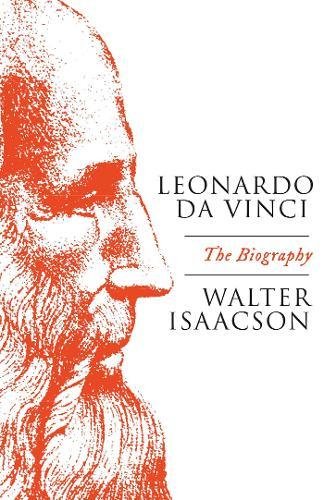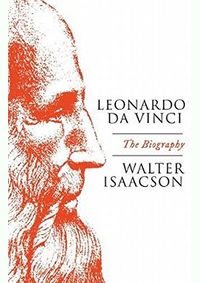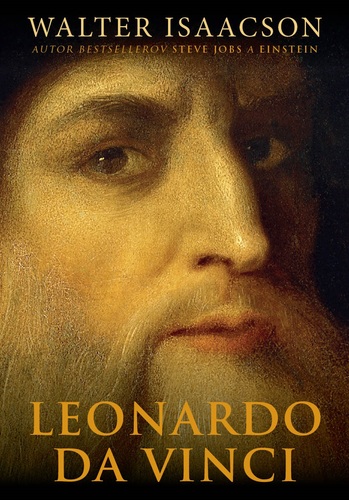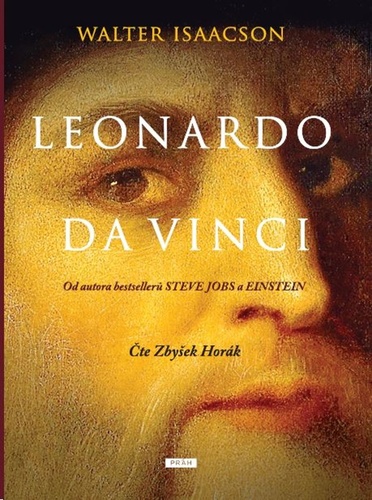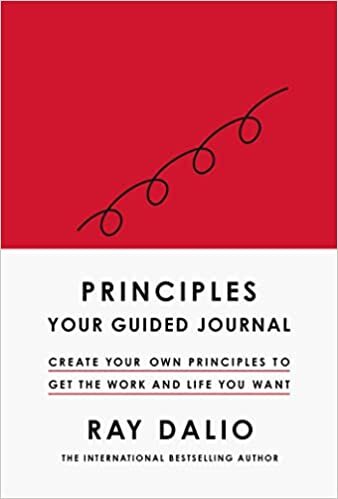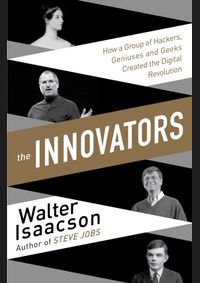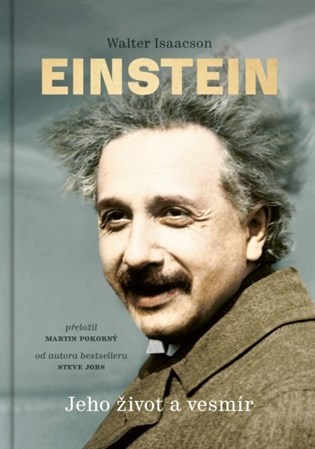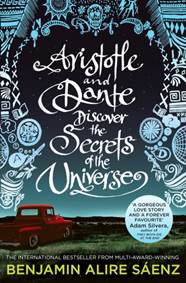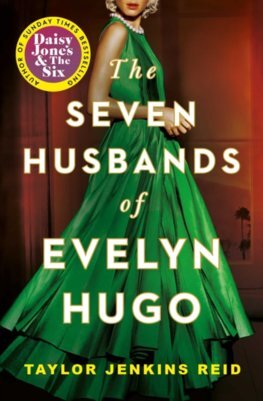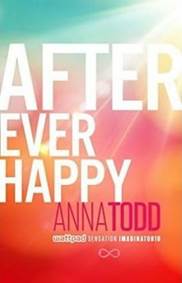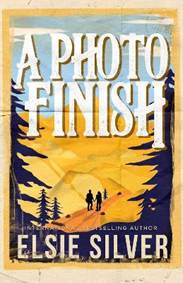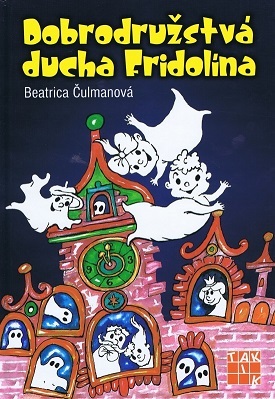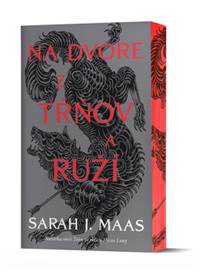Leonardo da Vinci
Knihu kúpite v
1 e-shope
od
27,08 €
Knihyprekazdeho.sk
27,08 €
Skladom
(dodanie do 3 dní)
Krátky popis
'Infinitely curious, easily distracted, vain and vegetarian,
Leonardo is brought to vivid life in this accomplished biography.'
- The SundayTimes. 'an illuminating guide to the output of one of
the last millennium's greatest minds.' - The Observer ‘the
Renaissance genius brought to vivid life’ - The Times 'Isaacson’s
scholarship is impressive—he cites not only primary sources but
secondary materials by art critics, essayists, and da Vinci’s other
biographers. This is a monumental tribute to a titanic figure.' -
Publisher's Weekly 'To read this magnificent biography of Leonardo
da Vinci is to take a tour through the life and works of one of the
most extraordinary human beings of all time in the company of the
most engaging, informed, and insightful guide imaginable. Walter
Isaacson is at once a true scholar and a spellbinding writer. And
what a wealth of lessons there are to be learned in these pages.'
David McCullough Based on thousands of pages from Leonardo’s
astonishing notebooks and new discoveries about his life and work,
Walter Isaacson weaves a narrative that connects his art to his
science. He shows how Leonardo’s genius was based on skills we can
improve in ourselves, such as passionate curiosity, careful
observation, and an imagination so playful that it flirted with
fantasy. He produced the two most famous paintings in history, The
Last Supper and the Mona Lisa. But in his own mind, he was just as
much a man of science and technology. With a passion that sometimes
became obsessive, he pursued innovative studies of anatomy,
fossils, birds, the heart, flying machines, botany, geology, and
weaponry. His ability to stand at the crossroads of the humanities
and the sciences, made iconic by his drawing of Vitruvian Man, made
him history’s most creative genius. His creativity, like that of
other great innovators, came from having wide-ranging passions. He
peeled flesh off the faces of cadavers, drew the muscles that move
the lips, and then painted history’s most memorable smile. He
explored the math of optics, showed how light rays strike the
cornea, and produced illusions of changing perspectives in The Last
Supper. Isaacson also describes how Leonardo’s lifelong enthusiasm
for staging theatrical productions informed his paintings and
inventions. Leonardo’s delight at combining diverse passions
remains the ultimate recipe for creativity. So, too, does his ease
at being a bit of a misfit: illegitimate, gay, vegetarian,
left-handed, easily distracted, and at times heretical. His life
should remind us of the importance of instilling, both in ourselves
and our children, not just received knowledge but a willingness to
question it—to be imaginative and, like talented misfits and rebels
in any era, to think different.
